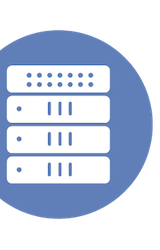Graphiant Cloud Gateway Services with OCI and Jumbo Frames Demo
Event: Networking Field Day 33
Appearance: Graphiant Presents at Networking Field Day 33
Company: Graphiant
Video Links:
- Vimeo: Graphiant Cloud Gateway Services with OCI and Jumbo Frames Demo
- YouTube: Graphiant Cloud Gateway Services with OCI and Jumbo Frames Demo
Personnel: Arsalan Mustafa Khan
Are security and throughput bottlenecks impeding your cloud deployments? Accessing the Cloud should be as easy as accessing your Data Centers. In this session, we’ll show Cloud Connectivity with Jumbo Frames and how to leverage this to accelerate your cloud workloads.







